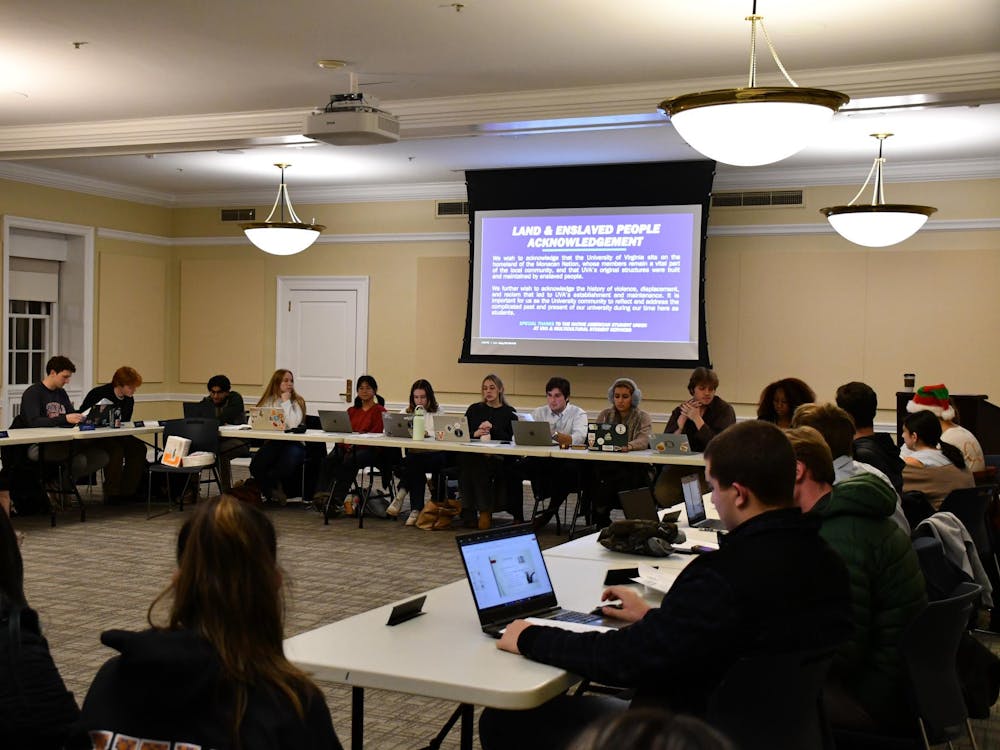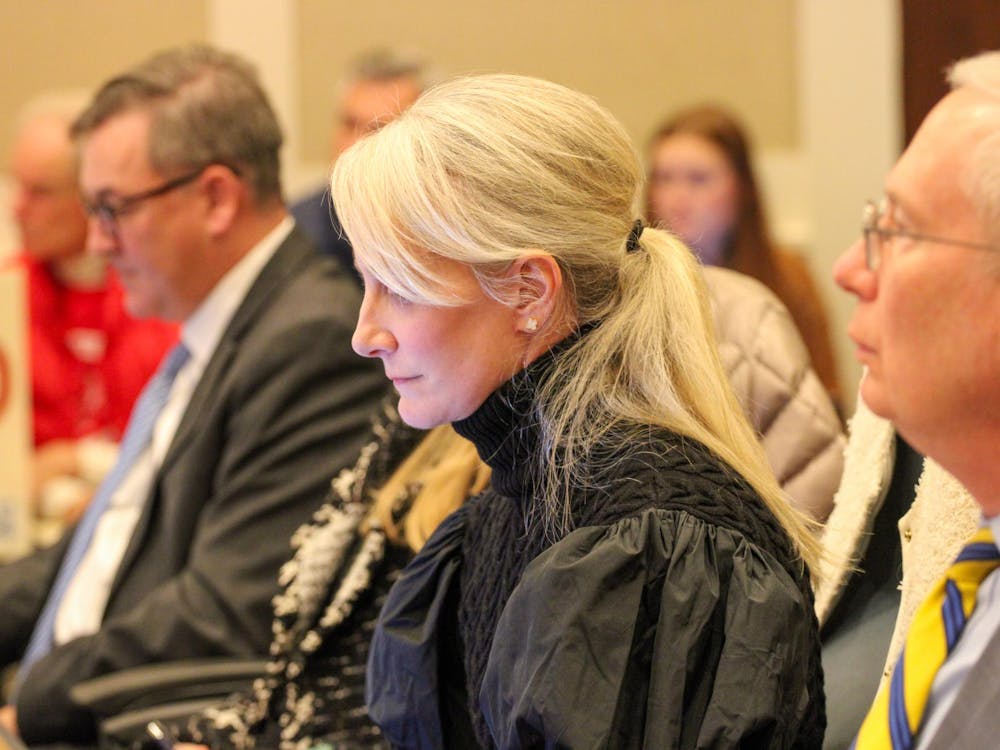Future research conducted at the University could help NASA and the United States Air Force design the next generation of hypersonic aircraft, perhaps one day capable of travelling 12 times the speed of sound.
NASA and the Air Force Research Laboratory’s Office of Scientific Research recently designated the University as the National Center for Hypersonic Combined Cycle Propulsion and awarded it $10 million for research, said James Pittman, principal investigator for the Hypersonics Project of NASA’s Fundamental Aeronautics Program at NASA’s Langley Research Center in Hampton, Va.
The goal of the new center at the University is to “advance the fundamental understanding of hypersonic propulsion,” he said.
Jim McDaniel, a professor of mechanical and aerospace engineering, will head the team that will benefit from the $10 million grant. His team includes co-researchers Harsha Chelliah and Chris Goyne. The team was selected out of an initial field of more than 60 entries, according to a NASA press release.
McDaniel and team will first advance research for aircraft that can travel at Mach 5 — or five times the speed of sound — he said. Researchers hope to eventually create an engine that could propel aircraft to speeds exceeding 12 times the speed of sound.
Pittman said in addition to traveling at high speeds, the aircraft would use the air in the atmosphere as fuel, instead of the oxygen from bulky tanks that aircraft like NASA’s space shuttle currently employs. This change will make aircraft lighter and safer.
The future aircraft also could “operate more like aircraft,” Pittman said, noting that the future aircraft could fly more frequently and fill a more versatile role than current rocket-powered vehicles. He added that the vehicles designed with the help of the University and other institutions eventually could replace the space shuttle, but also emphasized that such a vehicle is decades away from completion.
McDaniel said the University’s team plans to take full advantage of the school’s supersonic combustion tunnel, which can simulate Mach 5 conditions, while conducting its research.
In addition to conducting research at the University, the team will coordinate the research of 11 different subcontractors, including Stanford University, Cornell University and the Boeing Company.
“We knew the right people around the country to have on our team for the grant proposal,” McDaniel said, noting that he attributes these connections to the University’s 26 years of experience in hypersonic propulsion research.
Between four and five graduate students also will work on the project. Undergraduate students will be able to work on parts of the project during a summer program or for their theses, McDaniel said.
According to the NASA press release, centers at Texas A&M University and Teledyne Scientific & Imaging LLC also received $10 million in grant money to conduct research related to the development of new hypersonic aircraft. The new centers represent the first time the Air Force Office of Scientific Research and NASA have cosponsored research.






